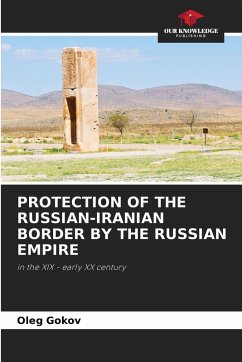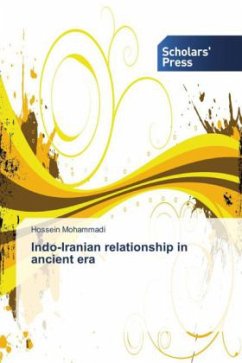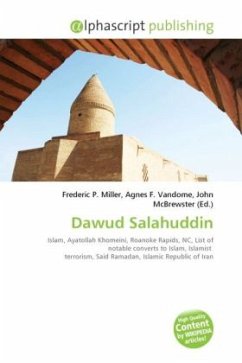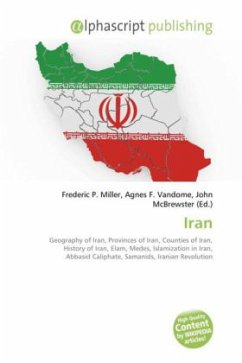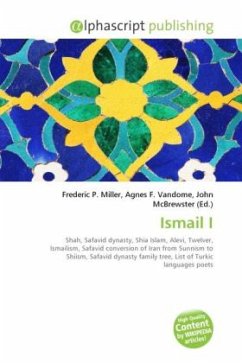
Iranian Calendar
Versandkostenfrei!
Versandfertig in 6-10 Tagen
36,99 €
inkl. MwSt.

PAYBACK Punkte
18 °P sammeln!
The Iranian calendar can refer to any in a succession of a set of calendars. They are used for over two millennia in Iran (Persia), Afghanistan and related societies. The current official Iranian calendar begins on the vernal equinox as determined by astronomical calculations for the Iran Standard Time meridian (52.5°E or GMT+3.5h). This determination of starting moment is more accurate than the Gregorian calendar because it is synchronized with the vernal equinox year, but requires consulting an astronomical almanac. One of the longest chronological records in human history, the Iranian cale...
The Iranian calendar can refer to any in a succession of a set of calendars. They are used for over two millennia in Iran (Persia), Afghanistan and related societies. The current official Iranian calendar begins on the vernal equinox as determined by astronomical calculations for the Iran Standard Time meridian (52.5°E or GMT+3.5h). This determination of starting moment is more accurate than the Gregorian calendar because it is synchronized with the vernal equinox year, but requires consulting an astronomical almanac. One of the longest chronological records in human history, the Iranian calendar has been modified time and again during its history to suit administrative, climatic, and religious purposes. In English the current calendar is sometimes called "Solar Hejri" calendar, and its years are designated AP, short for Anno Persico. The Iranian year usually begins within a day of 21 March of the Gregorian calendar. To find the corresponding year of the Gregorian calendar, add 621 or 622 (depending on the time of the year) to a Solar Hejri year. A short table of year correspondences between the Iranian and Gregorian calendars is provided below.




